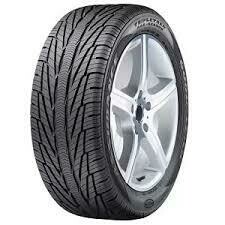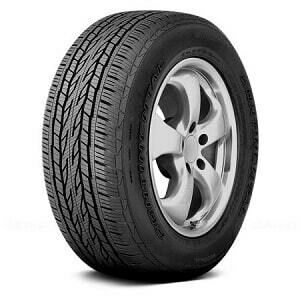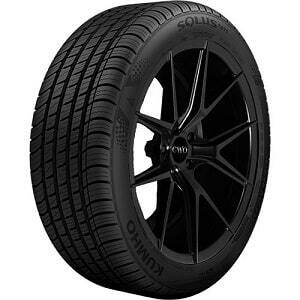Tire types: All weather, All-Seasons or M + S
Is there a type of tire for each season? What is an M + S(Mud = Mud + Snow = Snow) tire? And a tire for all types of weather? In this post, we solve all your doubts. Find more here: Best all season tires
On the market there are more and more types of tires suitable for different seasons and, therefore, with very different characteristics from each other. This can cause confusion when making a tire change for our vehicle. Which tire is best for the car we use? If you go crazy with acronyms, in this post we tell you the main differences between them.
Choose tire types according to the weather
The main confusion is between M + S tires, winter tires,summer tires or so-called "All-Seasons" or "all-weather". As for winter tires, in reality everyone should use the M + S marking, and also include a pictogram with a three-peaked mountain and a snowflake inside,meaning that these winter tires do not need to carry chains, a normal practice for vehicles traveling in snowy areas and foreseen in the Brazilian Traffic Code (plate R-22 Mandatory Use of Chain). These tires can also (and should be used) for regions and roads with mud incidence, more common in Brazil.
But also, within M + S tires there are many types. For example, one can highlight "alpine" or "Nordic", as they are known. The former are designed for 20% ice or snow, while the latter are manufactured to safely support 80%.
Regarding the "All-Seasons" sign on an M + Swinter tire, what it indicates is that it is not designed for a lot of snow,and can also be used in the summer. What you should be clear about when choosing a tire, is that those that are designed for winter and mud, because of their characteristics and compounds, although they are valid for driving in summer, are not as efficient as in winter (and vice versa).
As for tires valid for the whole year, Michelin's Cross Climate recently presented, being the first in the world certified as winter and summer tires (M + S plus the mountain symbol with 3 peaks or 3PMSF). Due to their components and their specific design, they promise great durability, good dry behavior, maximum lateral grip in the snow and maximum grip in mud or wet road.
What differentiates them from "All-Seasons" tires?Especially the compounds. And the new Michelin tires are specifically designed to withstand typical season and season conditions. For example, in a dry braking, Cross Climate tires can stop between 2 and 5 meters before an All-Seasons tire.


